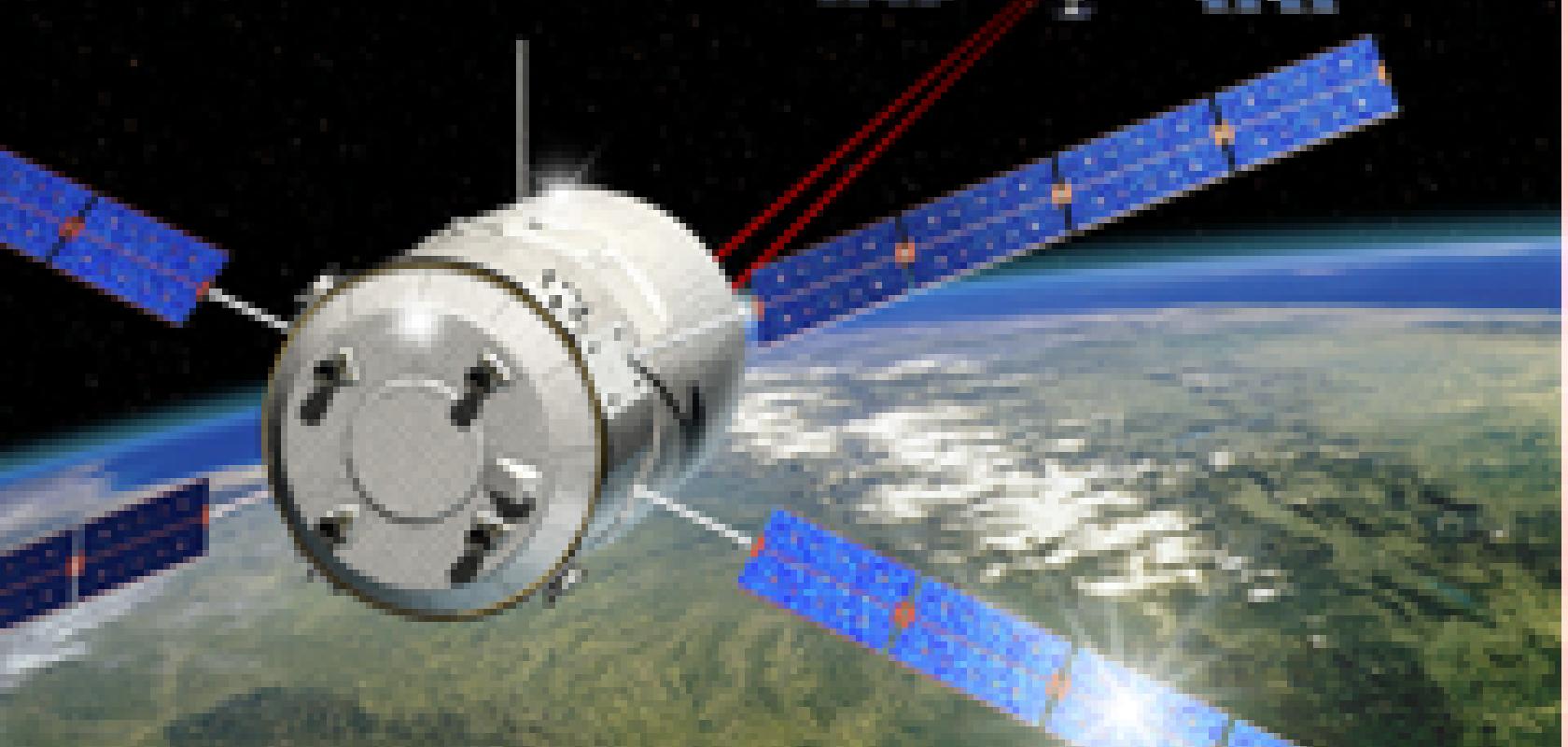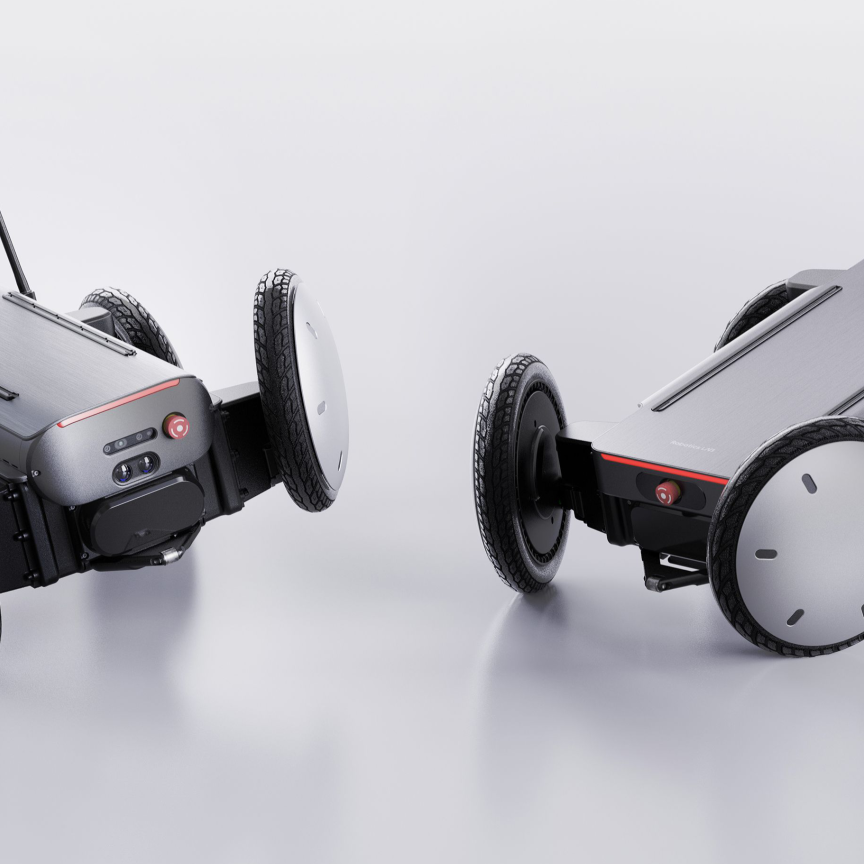E2v high-performance imaging sensors have been launched into space on board the European Space Agency’s (ESA) Albert Einstein spacecraft, the fourth automated transfer vehicle (ATV) to be sent to the International Space Station (ISS).
E2v CCD47-20 imaging sensors were selected by Sodern as part of the two key systems delivered for the ATV: an SED16 star tracker, an optical device used for determining the orientation of the spacecraft by measuring its position relative to stars; and a Videometer, a system Sodern developed to be the primary rendezvous and docking sensor for the spacecraft.
The Albert Einstein ATV was carried into orbit on board an Ariane 5 rocket from French Guiana and hauled almost seven tonnes of cargo to the ISS 360km above the Earth. The spacecraft is the most powerful automatic spaceship ever built and is equipped with its own propulsion and a high-precision navigation system. E2v imaging sensors will automatically guide it into dock at the ISS, playing a key part in the approaching and docking manoeuvres. These are so precise that, when 249m away from the ISS, the ATV will slow down to 7cm a second.
The ISS relies on frequent deliveries of equipment, fuel, spare parts, food, air and water for its permanent crew. The unmanned ATV is essential in delivering supplies to the ISS and will stay attached to the station, providing re-boost and attitude control. Once undocked, it will be commanded to burn up in the atmosphere over an uninhabited area of the southern Pacific Ocean.
E2v’s marketing manager, Jon Kemp said: 'Albert Einstein is the fourth ATV to have been launched into space. E2v imaging sensors are a key component in enabling the ATV to successfully dock with the ISS and provide essential wet and dry cargo to the astronauts on board.'


